Home>Home Appliances>Lighting Appliances>Why Is My Ceiling Light Flickering?
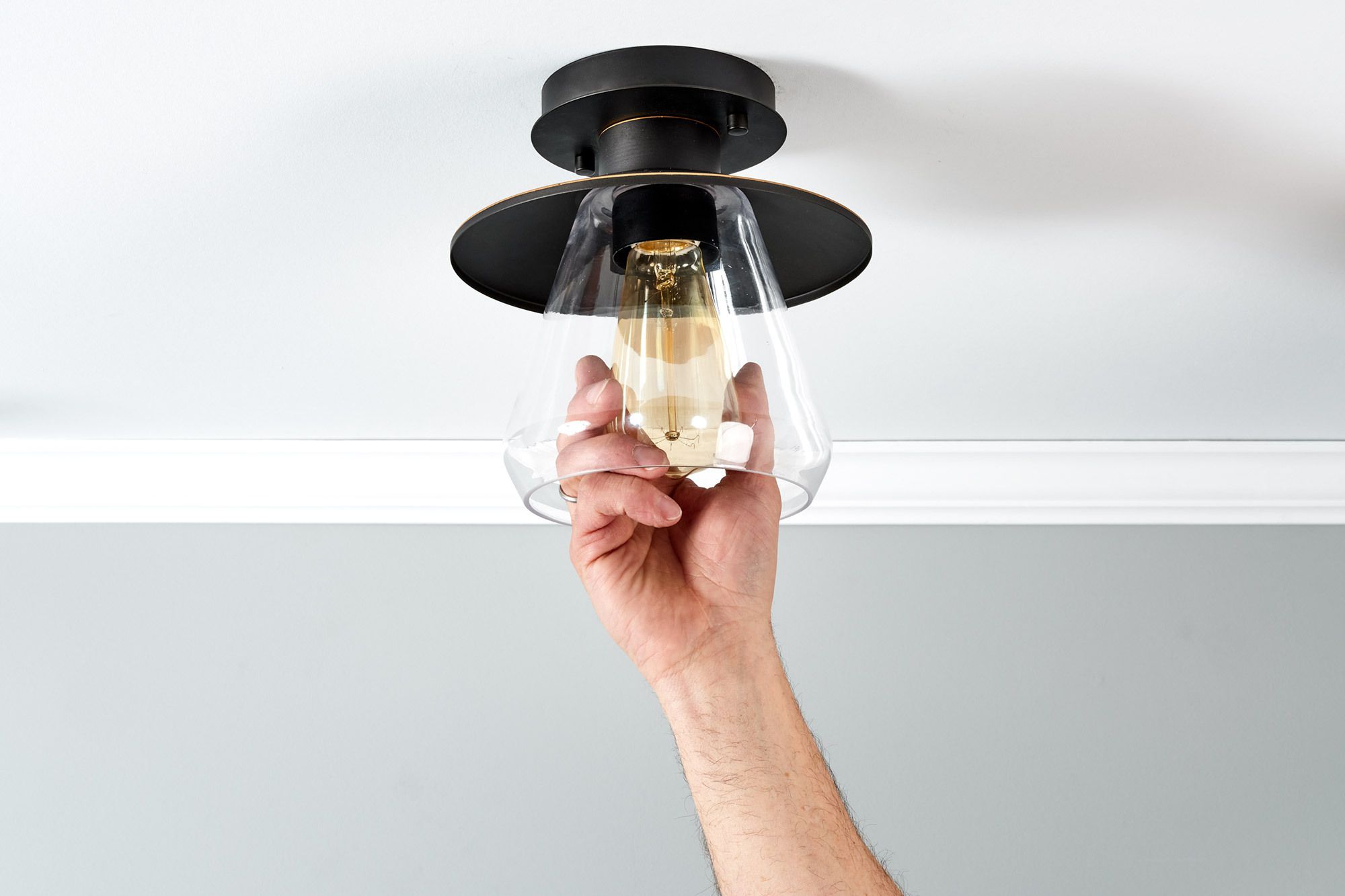

Lighting Appliances
Why Is My Ceiling Light Flickering?
Modified: February 23, 2024
Discover the reasons behind flickering ceiling lights and how to fix them. Get expert tips on troubleshooting lighting appliances. Keep your home bright and safe!
(Many of the links in this article redirect to a specific reviewed product. Your purchase of these products through affiliate links helps to generate commission for Storables.com, at no extra cost. Learn more)
Loose Bulb
A flickering ceiling light can be a frustrating issue to deal with. One of the common culprits behind this problem is a loose bulb. When the bulb is not securely screwed into the socket, it can result in intermittent flickering. This can happen due to various reasons, such as improper installation, wear and tear, or simply the vibrations caused by the ceiling fan or other nearby machinery.
When a bulb is loose, the electrical connection becomes unstable, leading to flickering. This not only affects the illumination in the room but also poses a potential safety hazard. If the bulb is left loose for an extended period, it can cause damage to the socket and the fixture itself.
To address this issue, start by turning off the power to the light fixture. This can be done by switching off the circuit breaker or removing the fuse that controls the light. Once the power is off, carefully remove the bulb from the socket and inspect it for any signs of damage. If the bulb appears to be in good condition, proceed to check the socket for any debris or corrosion that may be hindering the connection.
After ensuring that the socket is clean and free of any obstructions, reinsert the bulb and firmly screw it into place. It's important to avoid overtightening the bulb, as this can also lead to issues. Once the bulb is securely in place, restore the power to the fixture and observe if the flickering has ceased.
In some cases, the flickering may persist even after securing the bulb. This could indicate a more complex issue with the wiring or the fixture itself. If this is the case, it's advisable to seek the expertise of a qualified electrician to diagnose and resolve the problem effectively.
By addressing the issue of a loose bulb promptly, you can not only eliminate the annoyance of flickering but also ensure the safety and longevity of your ceiling light fixture. Regularly checking and maintaining the bulbs and sockets in your light fixtures can help prevent such issues from occurring and contribute to a well-lit and comfortable living space.
Key Takeaways:
- Don’t let a loose bulb dim your day! Securely screw in your ceiling light bulbs to prevent flickering and potential safety hazards. Regular maintenance keeps your space well-lit and worry-free.
- Dimmer switches need love too! Ensure compatibility with your light bulbs and consider upgrading to a high-quality dimmer switch to banish flickering and enhance your lighting experience.
Read more: Why Do My Ceiling Fan Lights Flicker
Faulty Wiring
Faulty wiring is a significant concern when it comes to addressing flickering ceiling lights. Wiring issues can manifest in various forms, leading to erratic behavior in the lighting system. These problems often stem from poor installation, aging infrastructure, or environmental factors that impact the electrical components.
When the wiring within the ceiling light fixture or the surrounding electrical connections is compromised, it can result in intermittent flickering. This can be attributed to several factors, including frayed or damaged wires, loose connections, or inadequate insulation. Additionally, environmental factors such as moisture or excessive heat can exacerbate wiring issues, leading to flickering and potential safety hazards.
Identifying faulty wiring as the root cause of flickering lights requires a systematic approach. It is crucial to prioritize safety and adhere to proper electrical protocols when addressing wiring concerns. Before attempting any troubleshooting, it is essential to turn off the power to the affected light fixture at the circuit breaker or fuse box.
Once the power is safely disconnected, a visual inspection of the wiring and connections should be conducted. Look for any signs of wear, damage, or loose connections within the fixture and the electrical box. If any exposed or damaged wiring is detected, it is imperative to refrain from attempting a DIY repair and instead seek the expertise of a licensed electrician.
In cases where the wiring appears intact, the issue may lie within the electrical connections or the switch that controls the light. Loose or corroded connections can disrupt the flow of electricity, leading to flickering and potential safety hazards. Carefully examining and tightening the electrical connections can help alleviate the flickering issue in some instances.
Furthermore, if the flickering persists despite addressing visible wiring concerns, it may indicate deeper-seated wiring issues within the electrical system of the building. In such scenarios, seeking professional assistance is paramount to conduct a comprehensive assessment of the wiring infrastructure and implement necessary repairs or upgrades.
Addressing faulty wiring requires a meticulous approach and a keen understanding of electrical systems. By prioritizing safety, seeking professional assistance when needed, and adhering to electrical codes and standards, the underlying wiring issues contributing to flickering ceiling lights can be effectively diagnosed and resolved, ensuring a safe and reliable lighting environment within the home.
Dimmer Switch Issue
Dimmer switches are a popular choice for controlling the ambiance and brightness of lighting fixtures in residential and commercial settings. However, when encountering flickering ceiling lights, the dimmer switch itself can be a contributing factor to this issue. Understanding the potential implications of a malfunctioning or incompatible dimmer switch is crucial in addressing flickering lights effectively.
One of the primary reasons for flickering lights associated with dimmer switches is the use of incompatible or low-quality dimmer switches with the lighting fixture. Certain types of dimmer switches are designed to work optimally with specific types of light bulbs, such as incandescent, LED, or halogen. When a dimmer switch is paired with an incompatible light bulb, it can result in flickering, buzzing, or even complete failure of the dimming function.
Furthermore, the age and condition of the dimmer switch itself can contribute to flickering issues. Over time, dimmer switches may experience wear and tear, leading to degraded performance and erratic behavior. Loose internal components, worn-out electrical contacts, or inadequate load capacity can all manifest as flickering lights when using a dimmer switch.
To address dimmer switch-related flickering, it is essential to assess the compatibility of the dimmer switch with the light bulbs in use. Consulting the manufacturer's specifications for both the dimmer switch and the light bulbs can provide valuable insights into their compatibility. Upgrading to a dimmer switch that is specifically designed for the type of light bulbs in the fixture can often resolve flickering issues and improve overall dimming performance.
In cases where the dimmer switch itself shows signs of wear or malfunction, replacing the switch with a high-quality, compatible dimmer can effectively mitigate flickering. Additionally, ensuring that the dimmer switch is installed correctly and securely connected to the electrical wiring is crucial for optimal performance and safety.
Moreover, when transitioning from traditional incandescent bulbs to energy-efficient LED or CFL bulbs, it is important to verify that the existing dimmer switch is compatible with these newer technologies. LED and CFL bulbs often require dimmer switches specifically labeled as "LED/CFL compatible" to function without flickering or other issues.
By addressing dimmer switch-related concerns, such as compatibility, condition, and proper installation, the flickering associated with dimmer-controlled ceiling lights can be effectively resolved. This not only enhances the visual comfort and functionality of the lighting but also ensures the safe and efficient operation of the dimming system within the space.
Check if the light bulb is screwed in properly. If it is, the issue may be with the wiring or the switch. Turn off the power and check for loose connections or call an electrician.
Power Fluctuations
Power fluctuations, stemming from irregularities in the electrical supply, can significantly impact the performance of ceiling lights, leading to disruptive flickering. These fluctuations can arise from various sources, including external factors, internal electrical system issues, and the overall power grid dynamics. Understanding the implications of power fluctuations and their effects on lighting fixtures is essential in addressing flickering ceiling lights effectively.
External factors such as lightning strikes, power surges, and fluctuations from the utility provider can introduce instability into the electrical supply. Lightning strikes in the vicinity can induce power surges that propagate through the electrical wiring, causing momentary spikes in voltage that manifest as flickering lights. Additionally, fluctuations originating from the power grid, often associated with peak demand periods or grid maintenance activities, can impact the stability of the electrical supply to residential and commercial properties.
Internally, the electrical system within a building can also contribute to power fluctuations. Overloaded circuits, faulty wiring, and inadequate grounding can lead to voltage irregularities that affect the performance of lighting fixtures. When the electrical load exceeds the capacity of the circuit, voltage fluctuations can occur, resulting in flickering lights and potential safety hazards. Moreover, aging electrical infrastructure, including deteriorating wiring and outdated components, can exacerbate power fluctuations, necessitating comprehensive assessments and potential upgrades.
Addressing power fluctuations requires a multi-faceted approach that encompasses both internal and external factors. Installing surge protectors and voltage regulators can mitigate the impact of external power surges and fluctuations, safeguarding the electrical system and the connected lighting fixtures. Furthermore, conducting thorough inspections of the internal electrical infrastructure, identifying overloaded circuits, and ensuring proper grounding and wiring integrity are crucial steps in addressing power fluctuations and their effects on lighting performance.
In instances where power fluctuations persist despite internal mitigation efforts, engaging with the utility provider to assess and address grid-related irregularities can be beneficial. Collaborating with qualified electricians and power utility professionals can provide valuable insights into the root causes of power fluctuations and facilitate the implementation of targeted solutions to stabilize the electrical supply and eliminate flickering in ceiling lights.
By acknowledging the diverse sources of power fluctuations and their impact on lighting fixtures, proactive measures can be taken to mitigate these effects and ensure a stable and reliable electrical environment. Through a combination of internal assessments, external safeguards, and collaborative engagements, the disruptive flickering associated with power fluctuations can be effectively addressed, enhancing the functionality and visual comfort of ceiling lights within residential and commercial spaces.
Faulty Light Fixture
A flickering ceiling light can often be attributed to a faulty light fixture, presenting a distinct set of challenges in diagnosing and resolving the underlying issues. A faulty light fixture encompasses a range of potential malfunctions, including internal wiring defects, component degradation, and structural integrity compromises. Understanding the nuanced implications of a faulty light fixture is essential in effectively addressing flickering lights and ensuring the safety and functionality of the lighting system.
Internal wiring defects within the light fixture can manifest as flickering due to compromised electrical connections, insulation breakdown, or wire damage. These issues may arise from manufacturing defects, environmental exposure, or prolonged usage, leading to erratic electrical behavior and flickering lights. Additionally, the degradation of internal components, such as ballasts, capacitors, or LED drivers, can contribute to flickering and inconsistent illumination. The wear and tear experienced by these components over time can result in voltage irregularities and flickering, necessitating thorough inspection and potential replacement.
Structural integrity compromises in the light fixture, including loose mounting hardware, damaged sockets, or inadequate fixture support, can also lead to flickering. Vibrations from nearby machinery, ceiling fan operation, or physical impacts can exacerbate these structural issues, causing intermittent electrical disruptions and flickering lights. Furthermore, environmental factors such as moisture ingress, excessive heat, or corrosive elements can degrade the fixture's structural components, impacting its electrical performance and contributing to flickering.
Addressing a faulty light fixture requires a comprehensive approach that encompasses visual inspections, electrical testing, and component assessments. Carefully examining the internal wiring, connections, and components within the fixture can reveal underlying defects contributing to flickering. Additionally, ensuring that the fixture is securely mounted, free from structural damage, and adequately supported is crucial in mitigating flickering issues.
In cases where internal wiring defects or component degradation are identified, seeking the expertise of qualified electricians or lighting professionals is paramount. These professionals can conduct detailed diagnostics, perform necessary repairs, or recommend fixture replacements to eliminate flickering and restore optimal lighting performance. Moreover, prioritizing regular maintenance and inspection of light fixtures can preemptively address potential faults, prolonging the fixture's lifespan and minimizing flickering occurrences.
By acknowledging the multifaceted nature of faulty light fixtures and their implications on lighting performance, proactive measures can be taken to diagnose, address, and mitigate flickering issues effectively. Through meticulous assessments, professional interventions, and proactive maintenance, the disruptive flickering associated with faulty light fixtures can be resolved, ensuring a reliable and visually comfortable lighting environment within residential and commercial spaces.
Frequently Asked Questions about Why Is My Ceiling Light Flickering?
Was this page helpful?
At Storables.com, we guarantee accurate and reliable information. Our content, validated by Expert Board Contributors, is crafted following stringent Editorial Policies. We're committed to providing you with well-researched, expert-backed insights for all your informational needs.

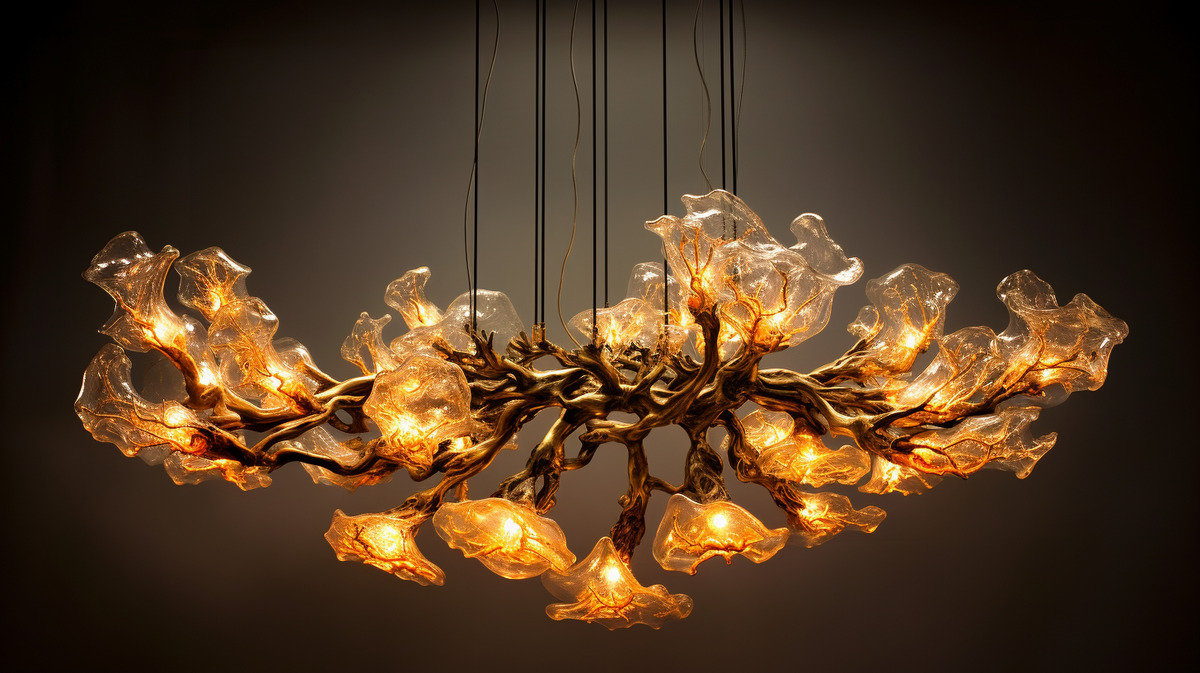
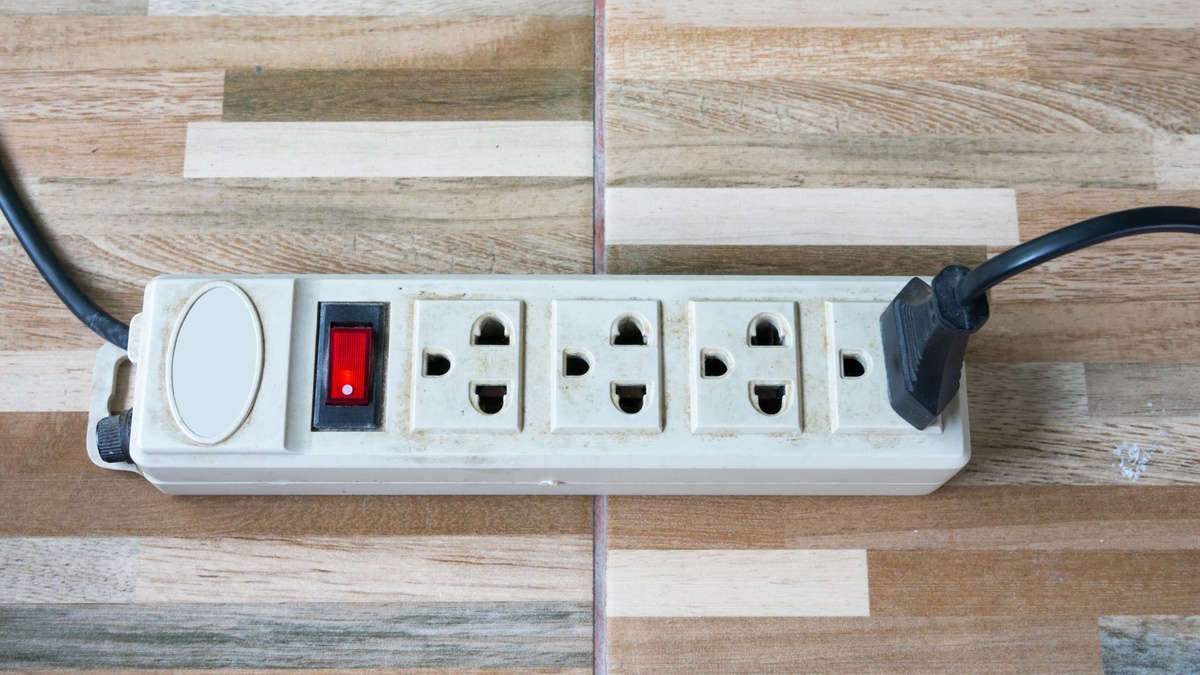
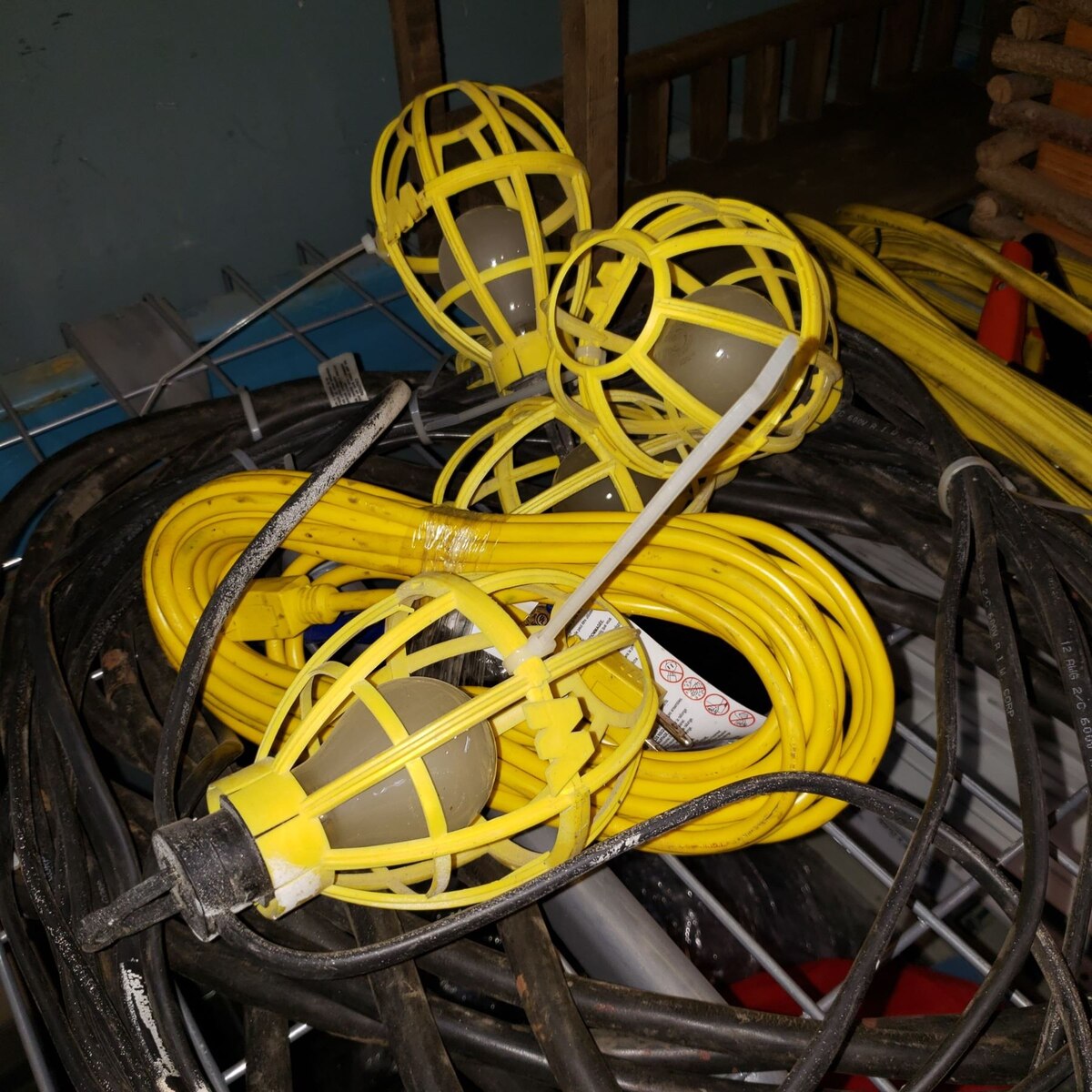


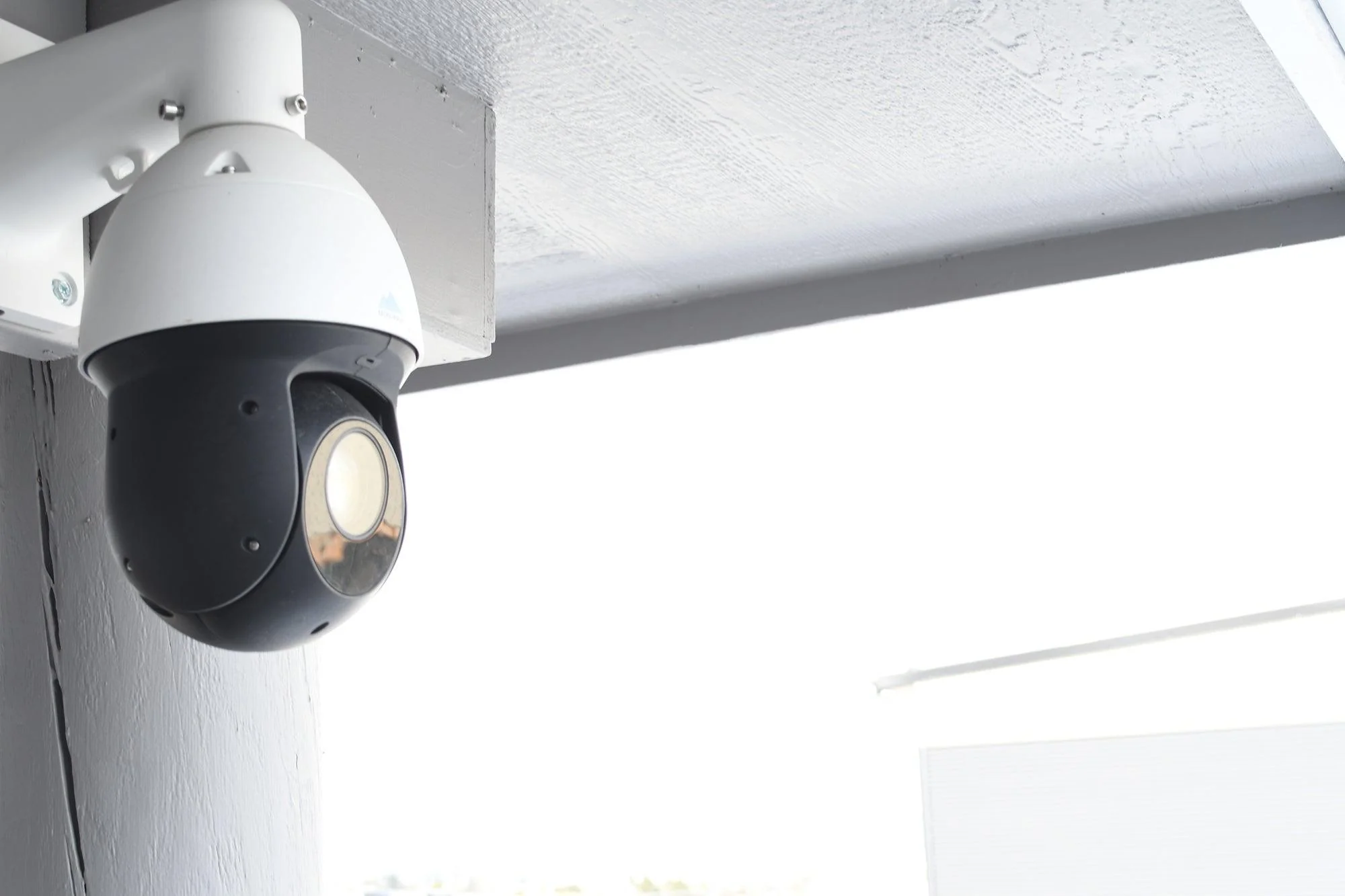
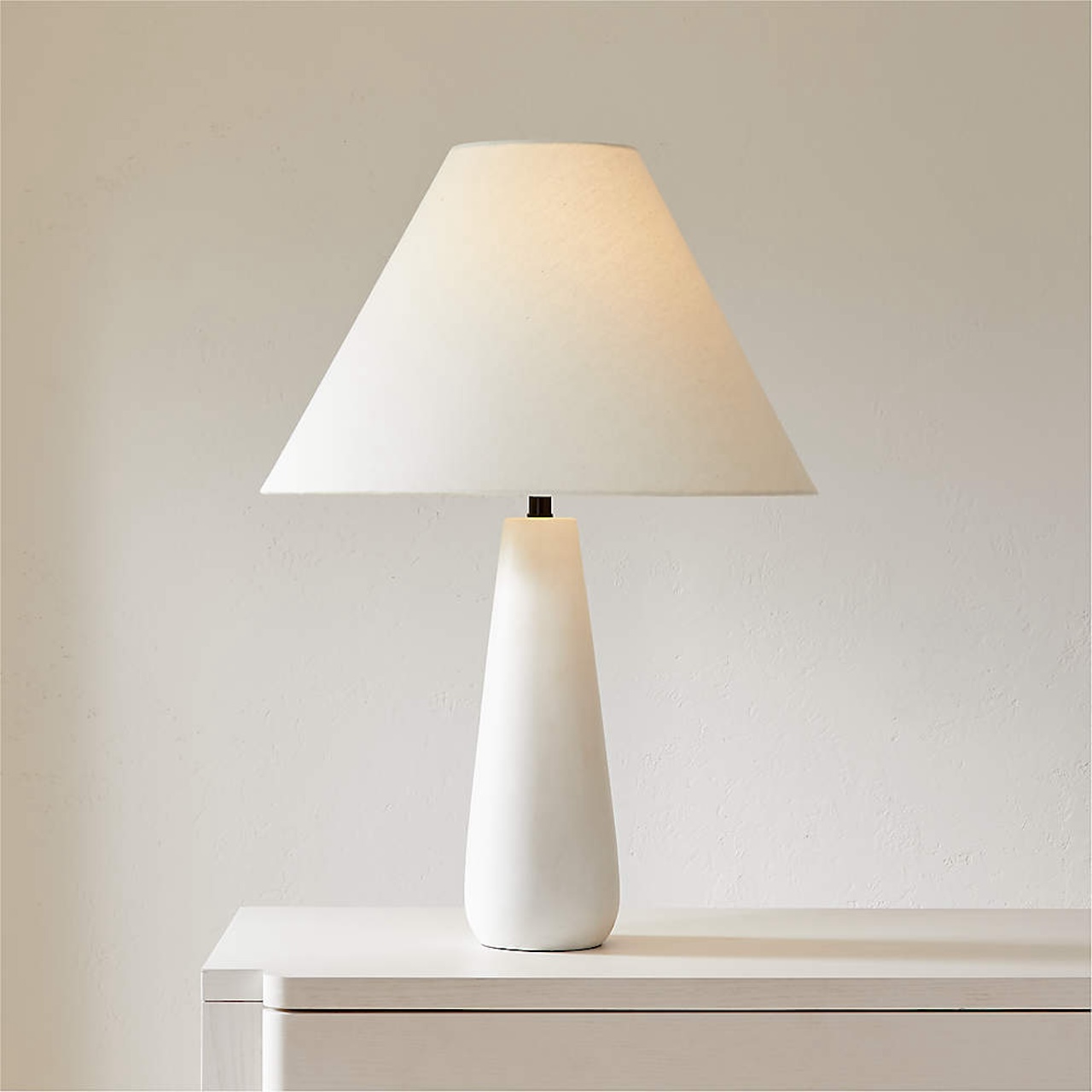
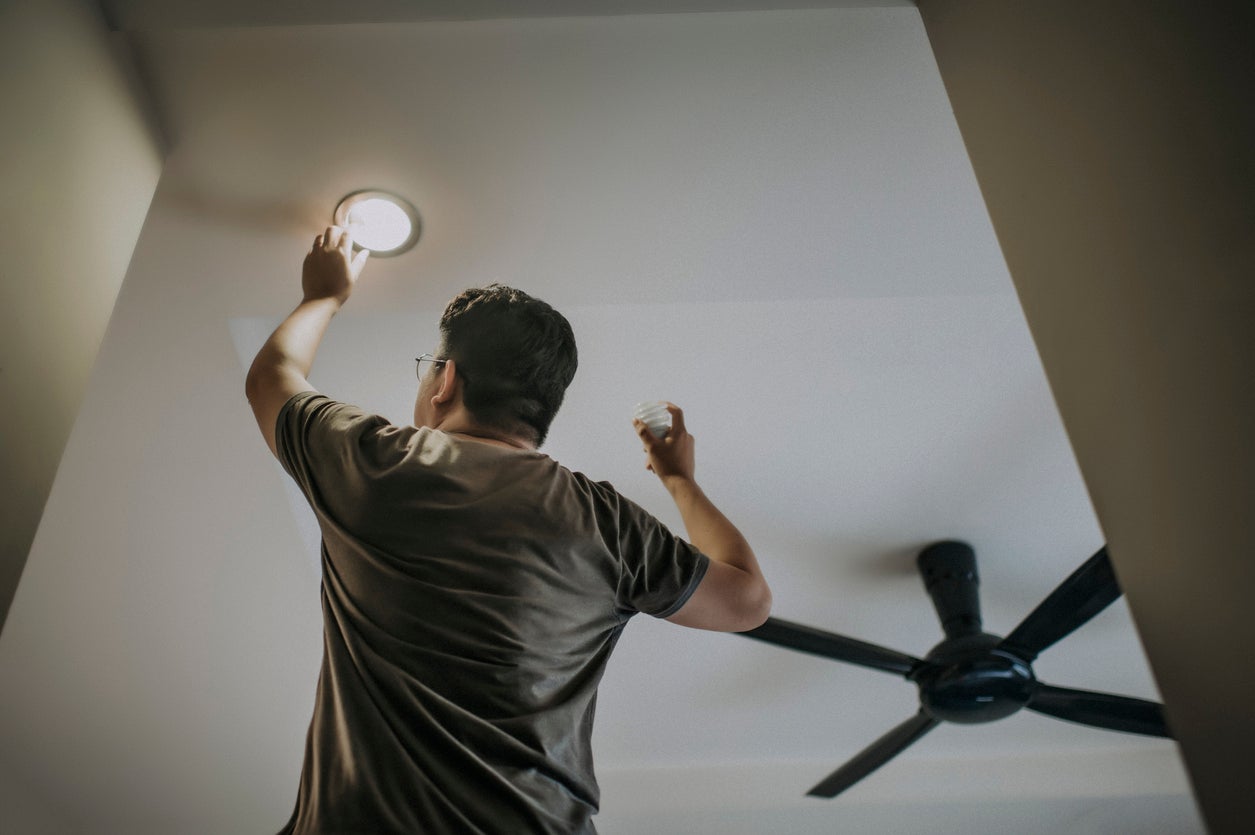
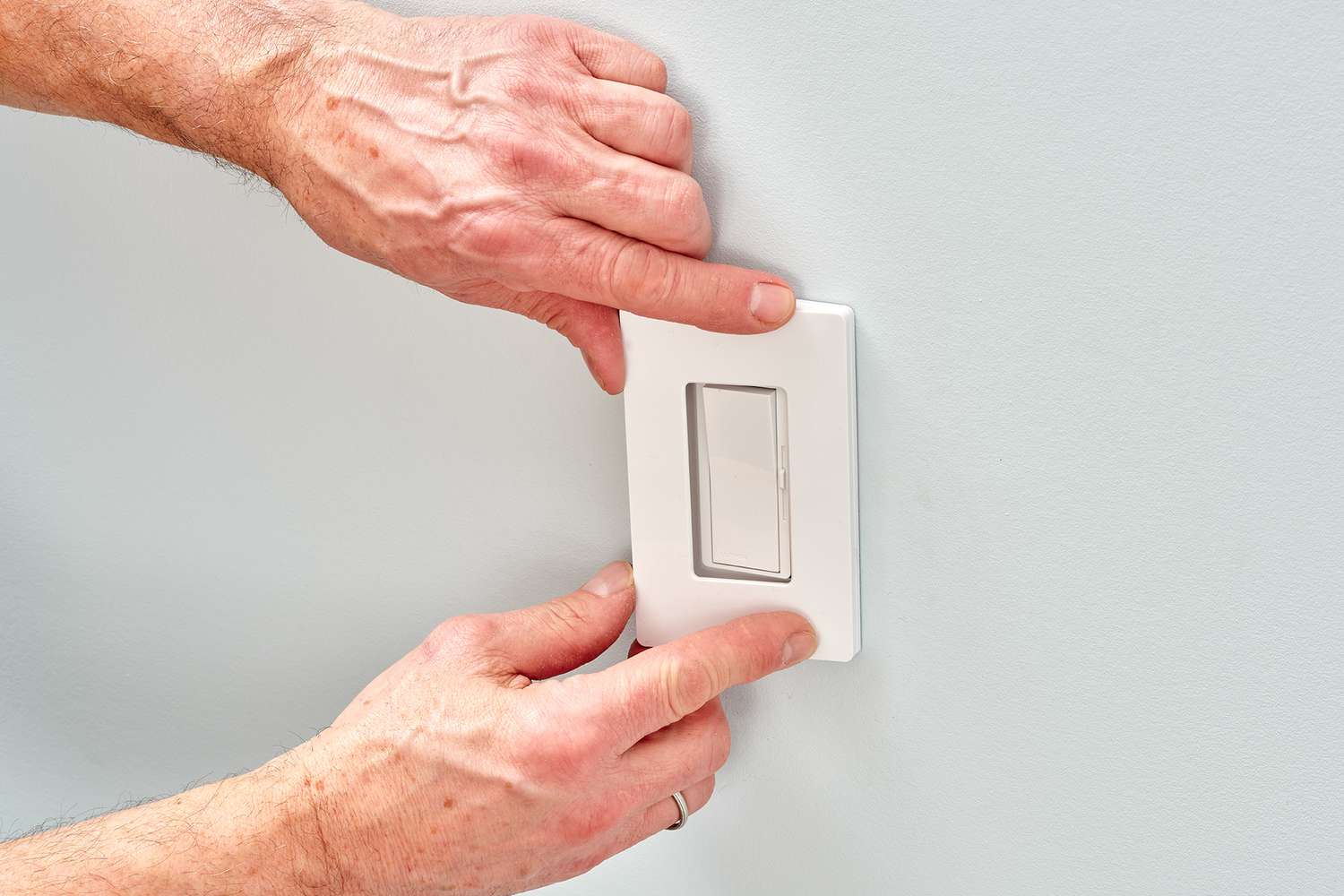



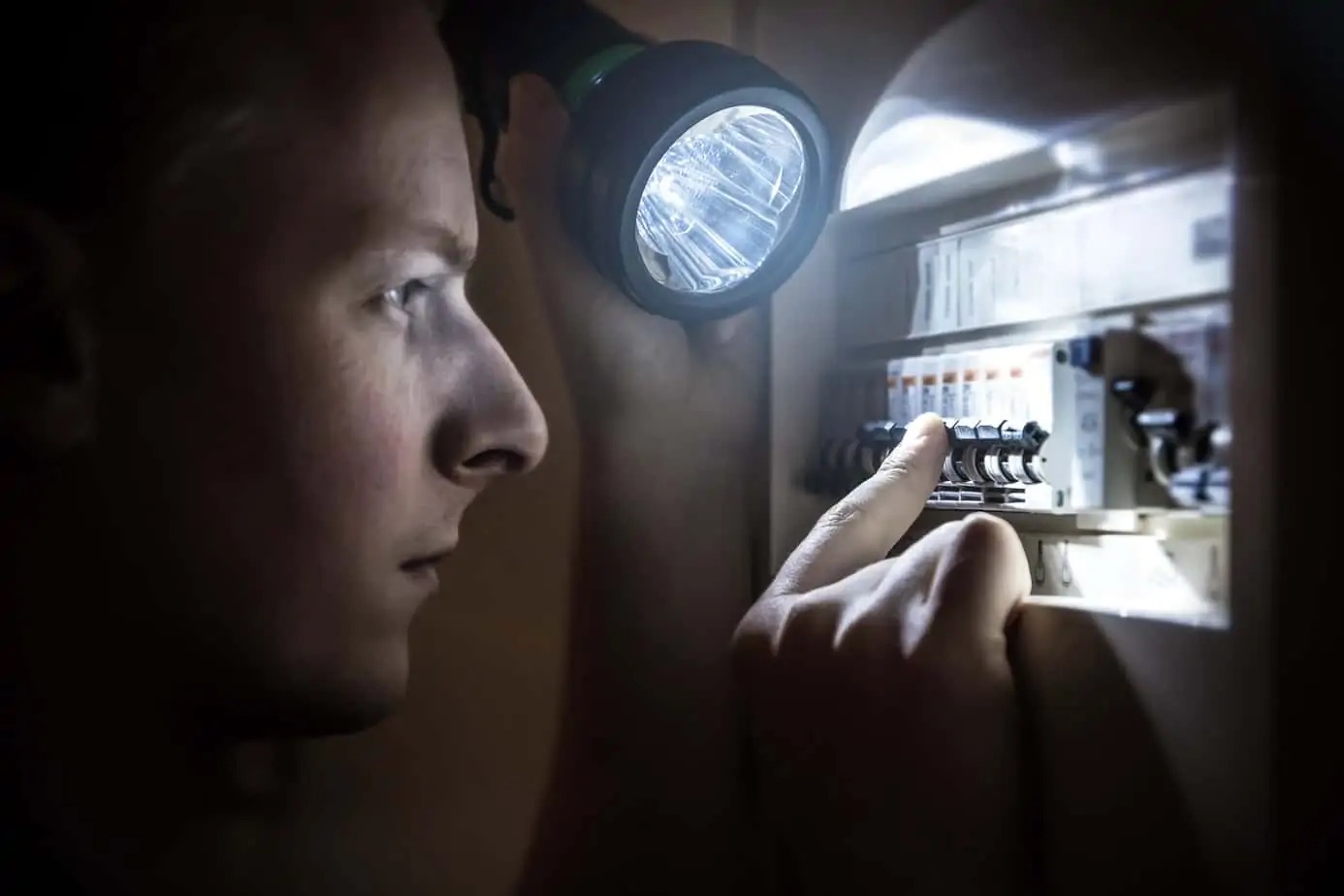


0 thoughts on “Why Is My Ceiling Light Flickering?”